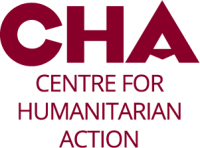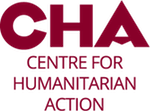Which road is still there, which bridge is still standing? After a disaster, aid organizations need to know quickly what the situation is on the ground. In this episode, Dr. Natascha Bing and Dr. Carolin Klonner explain how important geoinformation is for humanitarian action and how maps are created for this purpose. [German]
Show Notes:
Dr. Carolin Klonner (Department of Geoinformatics, Institute of Geography, University of Heidelberg) is researching the collection and presentation of participatory geographic information and how it can be used in disaster preparedness.
Dr. Natascha Bing works as a research associate at the German Red Cross (DRK), International Cooperation Division, in the Professional Development and Innovation team. She supports the adaptation of humanitarian approaches to the urban context. This includes evaluating current research findings and translating them into innovative pilot projects.
Links:
Research project “Sketch Map Tool” : https://www.geog.uni-heidelberg.de/gis/sketchmaptool.html
The Sketch Map Tool Facilitates the Assessment of OpenStreetMap Data for Participatory Mapping: https://www.mdpi.com/2220-9964/10/3/130
Participatory Mapping and Visualization of Local Knowledge: An Example from Eberbach, Germany: https://link.springer.com/article/10.1007/s13753-020-00312-8
https://www.geog.uni-heidelberg.de/gis/
https://heigit.org/
https://www.drk.de/
Contact
Heidelberg University : c.klonner@uni-heidelberg.de
German Red Cross: H.Saeid@drk.de
Jingle: lie by Clueless Kit.
Questions & suggestions: info@chaberlin.org




